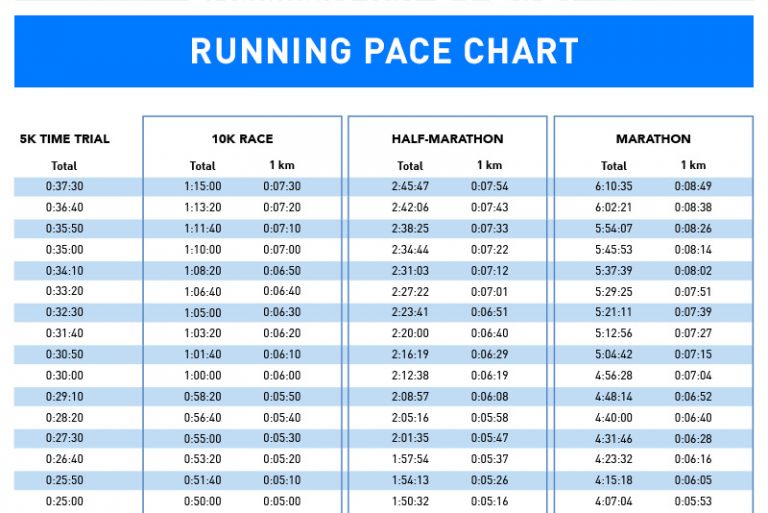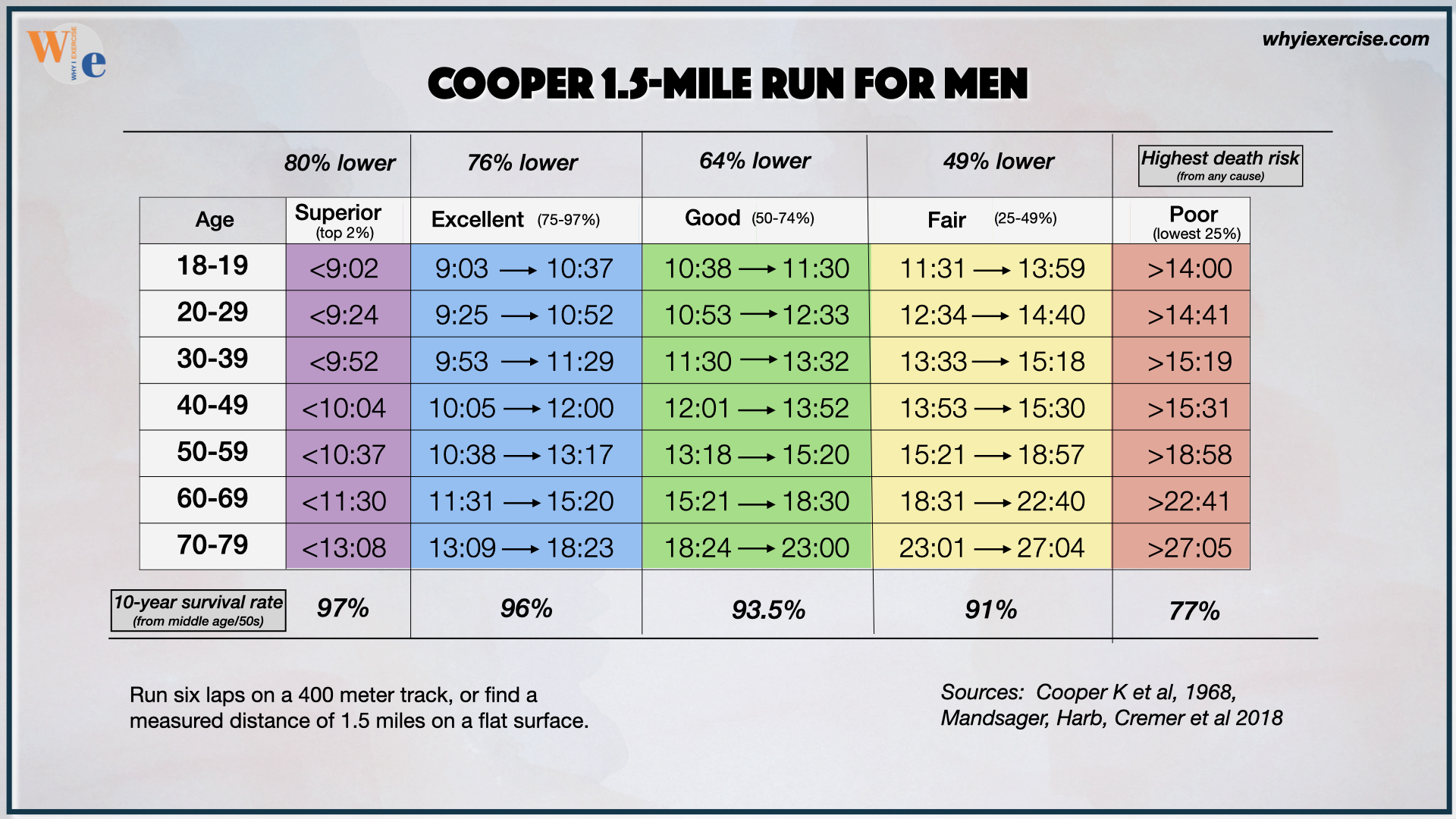Understanding the Factors Influencing Your Running Pace
Various factors can impact your running pace and, consequently, the average time for one mile. Fitness level is a crucial factor, as individuals with higher fitness levels generally have faster running paces. Running experience also plays a significant role, with seasoned runners typically exhibiting quicker paces than beginners.
Age is another factor to consider when evaluating running pace. As individuals age, their running pace may slow down due to physiological changes such as decreased muscle mass and increased body fat. However, this does not necessarily mean that older runners cannot achieve a fast average time for a mile.
Terrain is an often-overlooked factor that can significantly affect running pace. Running on hilly or uneven terrain can slow down your pace compared to running on a flat, even surface. Therefore, it is essential to consider the terrain when assessing your running pace and the average time for a mile.
Typical Running Paces for Different Fitness Levels
Understanding average running paces for various fitness levels can help you gauge your progress and set realistic goals for the average time for a mile.
Beginner runners typically have a running pace between 12 and 15 minutes per mile. This pace may seem slow, but it is essential to build a solid foundation of endurance and strength before attempting to increase speed. As beginners progress and gain experience, their running pace will likely improve.
Intermediate runners typically have a running pace between 9 and 12 minutes per mile. At this level, runners have developed a good balance of endurance and speed, allowing them to maintain a faster pace for longer distances.
Experienced runners, such as competitive athletes, often have a running pace below 9 minutes per mile. These runners have honed their skills and physical abilities to achieve impressive running paces, which directly impacts their average time for a mile.
How to Improve Your Running Pace and Reduce Your Mile Time
Improving your running pace and reducing the average time for a mile is an attainable goal with the right approach. Here are some practical tips and techniques to help you achieve faster running times:
Warm-up and cool-down routines: Proper warm-up and cool-down exercises can help prevent injuries and improve overall running performance. Before starting your run, perform dynamic stretches such as leg swings, lunges, and high knees to prepare your muscles for the activity. After your run, engage in static stretches to help your muscles recover.
Strength training: Incorporating strength training exercises into your routine can help build the necessary muscle strength to support faster running paces. Focus on exercises that target the lower body, such as squats, lunges, and deadlifts, as well as core exercises like planks and Russian twists.
Interval training: Interval training involves alternating between high-intensity and low-intensity running intervals. This type of training can help improve cardiovascular fitness and running pace. For example, try running at a fast pace for 30 seconds, followed by a slower pace for 1-2 minutes, and repeat.
Consistency: Regularly scheduled runs can help improve your running pace and overall performance. Aim to run at least three times a week, gradually increasing your mileage over time.
Proper footwear: Wearing the right running shoes for your foot type and running style can help improve your running pace and reduce the risk of injuries. Consult with a running specialist or podiatrist to determine the best shoes for your needs.
Cross-training: Engaging in other forms of exercise, such as swimming, cycling, or yoga, can help improve overall fitness and running performance. Cross-training can also help prevent overuse injuries by allowing different muscle groups to recover.
The Role of Nutrition and Hydration in Running Performance
Proper nutrition and hydration play a crucial role in running performance and can significantly impact the average time for a mile. A balanced diet and adequate hydration can help optimize energy levels, promote recovery, and enhance overall running performance.
Balanced diet: Consuming a balanced diet rich in carbohydrates, proteins, and healthy fats can help fuel your runs and support muscle recovery. Carbohydrates are an essential source of energy for runners, while proteins help repair and build muscle tissue. Healthy fats, such as those found in avocados, nuts, and seeds, can provide additional energy and support overall health.
Pre-run meals: Eating a nutritious meal or snack before a run can help provide the necessary energy to maintain a strong pace. Opt for easily digestible carbohydrates, such as whole-grain toast or a banana, and pair them with a source of protein, like peanut butter or Greek yogurt.
Post-run recovery: Consuming a balanced meal or snack within 30 minutes of a run can help promote muscle recovery and replenish energy stores. Aim for a ratio of 3:1 or 4:1 carbohydrates to protein. Examples include chocolate milk, a smoothie with fruit and protein powder, or whole-grain crackers with hummus.
Hydration: Staying adequately hydrated before, during, and after runs is essential for maintaining optimal running performance. Aim to drink at least 16-20 ounces of water 1-2 hours before a run, and continue to sip water throughout the run. After the run, replace any lost fluids by consuming 16-24 ounces of water for every pound lost during the run.
Electrolytes: In addition to water, electrolytes, such as sodium and potassium, play a critical role in maintaining proper hydration and muscle function. Consider incorporating electrolyte-rich foods, like bananas, coconut water, or sports drinks, into your running routine.
The Impact of Mental Attitude and Focus on Running Performance
Mental attitude and focus can significantly influence running performance and contribute to reducing the average time for a mile. By cultivating a positive mindset, visualizing success, and setting achievable goals, runners can tap into their inner reserves of strength and determination.
Positive thinking: Maintaining a positive attitude during runs can help runners overcome obstacles, push through discomfort, and stay motivated. Focus on the progress made, celebrate small victories, and avoid negative self-talk.
Visualization: Visualizing success can help runners mentally prepare for their runs and improve their performance. Before a run, take a few moments to imagine yourself running smoothly, confidently, and efficiently. Picture yourself crossing the finish line with a strong, steady pace.
Goal-setting: Setting specific, measurable, and achievable goals can help runners stay focused and motivated during their training. For example, aim to reduce your average time for a mile by 10 seconds each week or complete a certain number of runs per week.
Mindfulness: Practicing mindfulness during runs can help runners stay present and focused on their performance. Focus on your breath, the rhythm of your footsteps, and the sensations in your body. When negative thoughts or distractions arise, acknowledge them and gently redirect your attention back to your running.
Mental toughness: Developing mental toughness can help runners push through challenging moments and maintain a strong pace. To build mental toughness, gradually increase the difficulty of your runs, incorporate hill repeats or interval training, and practice running in various weather conditions.
Rest and recovery: Allowing your body and mind to rest and recover is essential for maintaining optimal running performance. Schedule regular rest days, engage in relaxation techniques such as meditation or yoga, and ensure you are getting adequate sleep.
Comparing Running Paces Across Age Groups and Genders
Average running paces can vary significantly across different age groups and genders. Understanding these differences can help runners set realistic goals and expectations for their running performance and the average time for a mile.
Age: As runners age, their running pace may naturally slow down due to factors such as decreased muscle mass, reduced flexibility, and changes in hormone levels. However, many older runners can still maintain fast running paces and achieve impressive running times.
Gender: On average, male runners tend to have faster running paces than female runners due to physiological differences such as muscle mass, lung capacity, and hormone levels. However, individual running performance can vary widely within each gender.
Age group comparisons: According to data from running events and studies, average running paces can differ significantly across age groups. For example, in a study of marathon runners, the average running pace for males aged 20-29 was approximately 8:00 minutes per mile, while the average pace for males aged 50-59 was around 9:30 minutes per mile. Similarly, the average pace for females aged 20-29 was approximately 9:00 minutes per mile, while the average pace for females aged 50-59 was around 11:00 minutes per mile.
Gender comparisons: On average, male runners tend to have faster running paces than female runners across all age groups. However, the gap between male and female running paces can vary depending on the distance and intensity of the run.
Factors influencing age and gender differences: In addition to physiological differences, other factors such as training history, running experience, and motivation can contribute to differences in running paces across age groups and genders.
Embracing individuality: While average running paces can provide useful benchmarks, it’s essential to remember that each runner is unique. Focusing on personal progress, rather than comparing oneself to others, can help runners stay motivated and achieve their running goals.
The Evolution of Running Paces and the Average Time for a Mile
Advances in training techniques, equipment, and sports science have significantly contributed to faster running times and lower average times for a mile over the years.
Training techniques: Over the past century, running training techniques have evolved significantly. Early runners often relied on high-mileage training methods, while modern runners incorporate a variety of training techniques such as interval training, tempo runs, and hill repeats. These techniques can help improve running economy, speed, and endurance, leading to faster running times.
Equipment: Advances in running shoe technology have also played a role in improving running performance. Modern running shoes offer improved cushioning, support, and traction, allowing runners to maintain faster paces for longer periods. Additionally, advancements in clothing technology have made it easier for runners to stay cool, dry, and comfortable during their runs.
Sports science: The study of sports science has provided valuable insights into the physiology of running and the factors that contribute to running performance. Researchers have explored topics such as muscle fiber types, lactate threshold, and oxygen consumption, helping runners optimize their training and nutrition strategies.
Technological advancements: Technological advancements have also played a role in improving running performance. GPS watches, heart rate monitors, and other wearable devices allow runners to track their progress and make data-driven decisions about their training. Additionally, virtual races and online running communities have made it easier for runners to connect, compete, and stay motivated.
Historical context: Over the past century, the average time for a mile has steadily decreased. In the early 1900s, a 5-minute mile was considered an impressive feat. Today, sub-4-minute miles are not uncommon among elite runners. This progress can be attributed to advances in training techniques, equipment, and sports science, as well as a growing understanding of the factors that contribute to running performance.
Future developments: As training techniques, equipment, and sports science continue to evolve, it’s likely that running times will continue to improve. Emerging trends such as personalized training plans, virtual coaching, and wearable technology have the potential to revolutionize the way runners train and compete, further reducing the average time for a mile.






